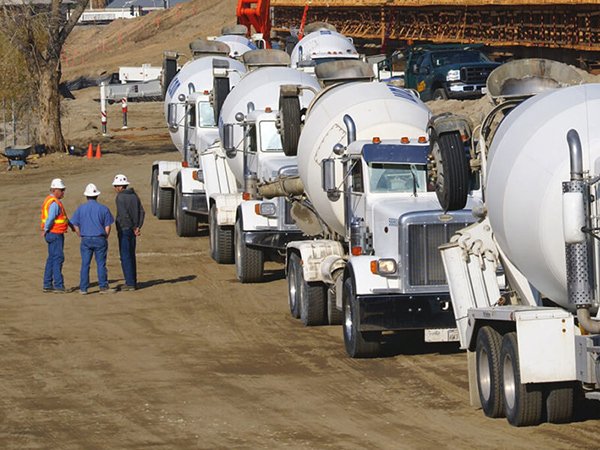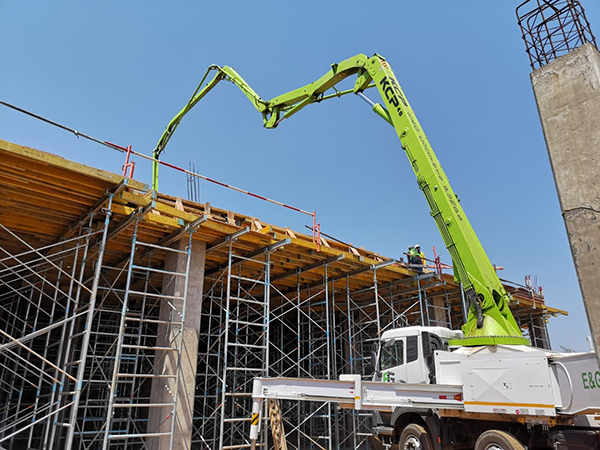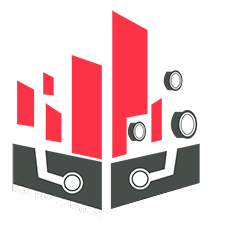
Concrete pumps are incredibly useful, eliminating a lot of time that is otherwise spent moving heavy loads back and forth to different areas of construction sites. The large numbers in which concrete pumping services are used is testament to the efficacy and efficiency of the systems. As all construction projects are different, there are a few different types of concrete pump available to cater for the varying characteristics and obstacles of a construction site, and we’re going to look at what they are.
Boom pumps are the saviours of construction projects where concrete is required in difficult to reach areas. Without boom pumps, transporting concrete to these areas would require numerous, tedious and tiring trips back and forth with wheelbarrows loaded with concrete, but most concrete companies now provide boom pumps to eliminate this inconvenience.
Using a remote-controlled, truck-mounted arm, the pump can be positioned over buildings, up stairs and around obstacles to ensure that the concrete can be placed exactly where it is required, wherever that might be. These pumps can also move a large volume of concrete in a short space of time. The arm of the boom pump can extend up to 72 metres, with extensions possible, should they be required.

Boom pumps are typically used for:
• Pumping concrete to high ground, such as upstairs in a building
• Pumping concrete to areas where access is restricted, such as behind terraced houses






